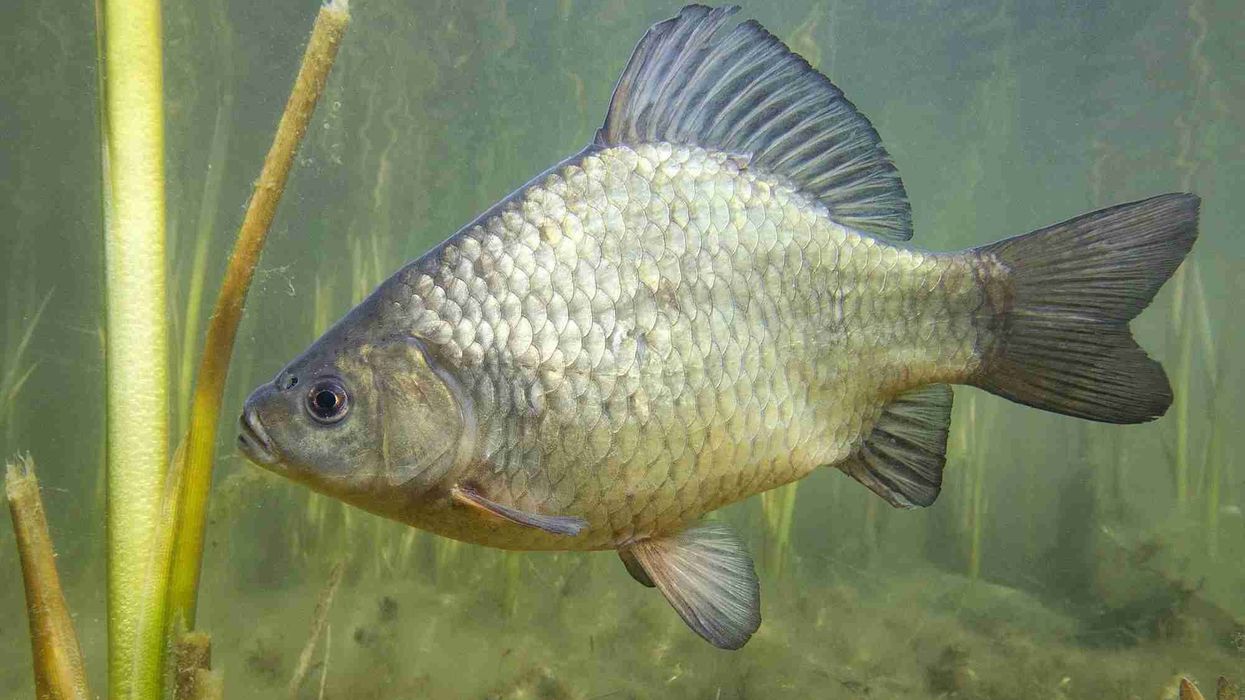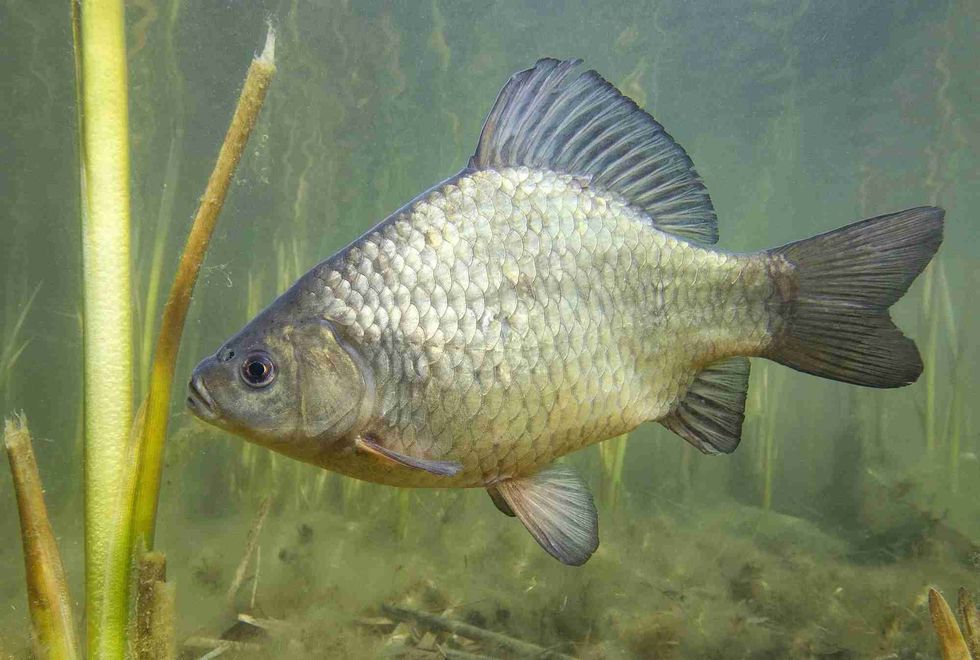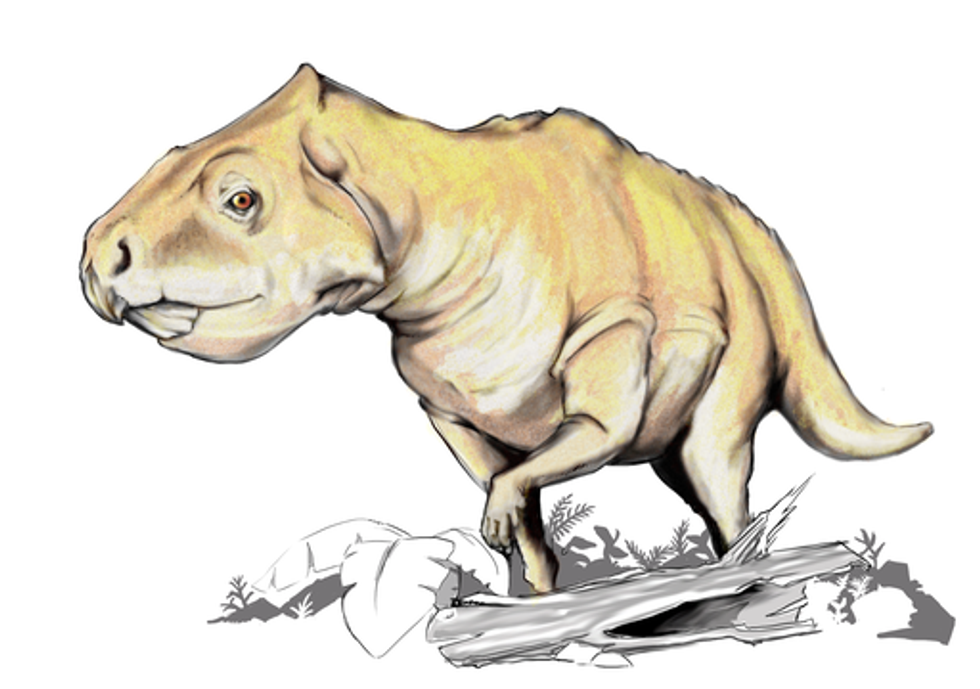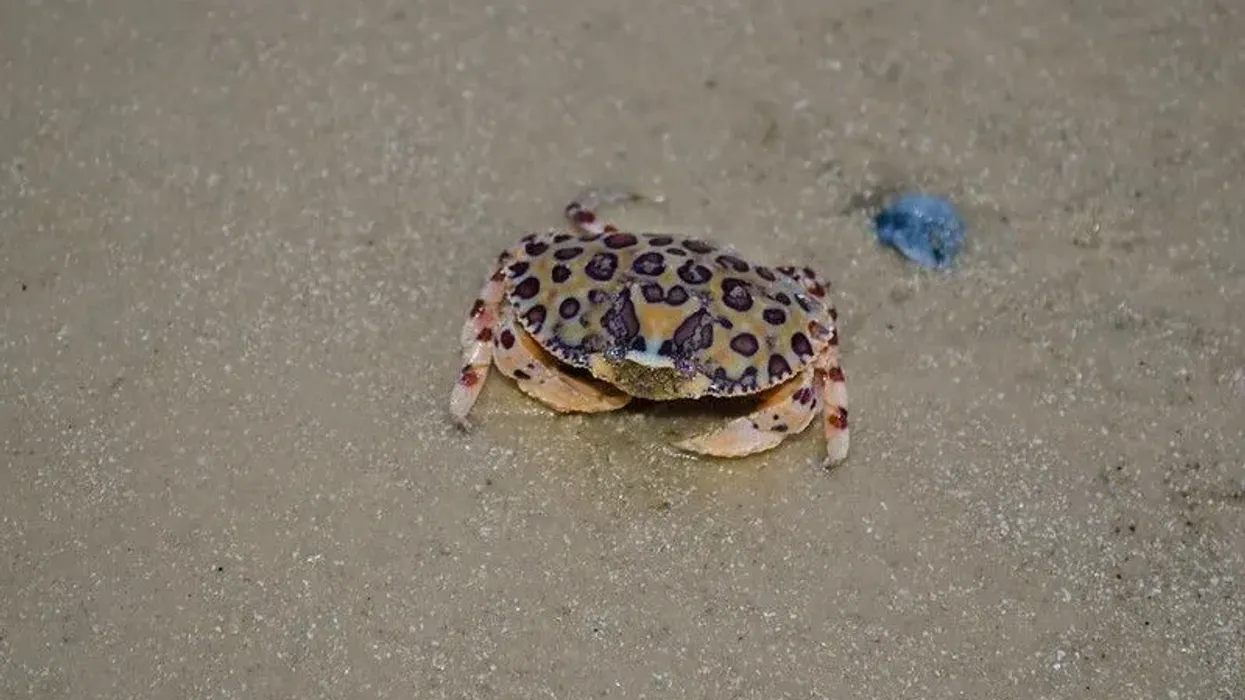The Crucian carp (Carassius carassius, syn.-Cyprinus carassius) is medium in size and belongs to the carp family.
A freshwater fish, the body of this fish is a deeper tone and goes from back to the belly, and is gold in color, this is a laterally compressed fish, with no barbels on either side of the mouth, and has quill-like anal fins.
Occasionally there have been reports of shallow or slender-bodied morphs.
This carp has a similar appearance to the common Goldfish (Carassius auratus) but the identification can be easily done by a moderately emergent caudal fin and convex dorsal fin. Common goldfish have a straight dorsal fin and emergent caudal fin.
This species of carp family can live in different water bodies such as ponds, lakes, rivers, and ditches with few differentiation and variations in characteristics. It is known to exhibit adaptive flexibility in morphology.
Phenotypic variations have been observed within and among natural populations attributed to two interacting and proximate mechanisms which are genetic differences among forms and environmentally that induce phenotype modifications during development.
If you like these true facts about Crucian Carp, then you'll surely like these facts about Bonito fish and Meagre fish too!
Crucian Carp Interesting Facts
What type of animal is a Crucian carp?
Crucian carp fish belong to the carp family, which are medium-sized fish. Many carp species that are present in the U.S. were imported to act as an agent to control aquatic environments and food sources.
These fish were introduced in many parts of the world as ornamental pond fish. When inhabiting waters with predators such as perch or pike fish, these fish prompt change in the morphology of the population, to a deeper bodied form from a sleeker one.
What class of animal does a Crucian carp belong to?
These fish are part of the class of Actinopterygii, they are ray-finned fish.
How many Crucian carps are there in the world?
The Crucian carp (Carassius carassius) is being managed in the commercial fisheries and recreational fishing as a result of a vast population decline due to excessive fishing, but after proper management, the population is now on the rise with controlled fishing.
Where does a Crucian carp live?
The Crucian carp (Carassius carassius) is a widely distributed enigmatic pelagic cyprinid that lives in lakes and ponds, with its native distribution encompassing much of central and north Europe stretching from the fresh waters of the Baltic Sea and the North Sea basins across northern parts of Germany and France to the Alps and throughout the Danube basin and Eastern Siberia.
These fish are native to England and were native unlike many parts of the world where they were introduced as an invasive species.
What is a Crucian carp's habitat?
Crucian carp (Carassius carassius) is available in permanent freshwater bodies such as ponds and lakes and they often travel upstream to spawn and lay eggs. Japanese crucian carp uses drainage ditches and rice paddies for laying eggs showing a fondness for shallow water while depositing eggs.
Who do Crucian carps live with?
The Crucian carp is a species of schooling fish and are normally found in a group of at least five.
How long does a Crucian carp live?
The maximum lifespan of a Crucian carp is 10 years in the wild given it is not caught by a fishing boat. These fishes have lived for more than 30 years in captivity.
How do they reproduce?
The Crucian carp (Carassius carassius) can reproduce by the age of two these species spawn in the warm water of shallow reedy bays. Spawning takes place in several batches laying a total of 250,000 eggs which are fertilized by the males and last from late May until July.
These species are sometimes found making splash noises during dusk on the surface. As a batch spawning species, their reproductive period lasts between 30-60 days. The eggs are hatched in two to three days and the first food source for the fry is the yellow egg sacks.
What is their conservation status?
The Crucian carp is listed as a species of Least Concern on the IUCN Red List. However, over the past decade, their population has decreased a lot. In the old days, these fishes were an integral part of commercial fisheries which eventually led to a decrease in their number.
Crucian Carp Fun Facts
What do Crucian carps look like?
The Crucian carps are grayish in color when they are young and as they grow the color changes to golden from gray. It is a medium-sized ray-finned fish and older lake crucian carps are copper or darker gold in color.
The anal and pelvic fins are reddish shade wherein the Prussian carp the silvery side is retained even once they are fully grown.
Crucian carps have a body that is laterally compressed, with 31-36 cycloid scales along the lateral line convex dorsal fin and 37-54 gill rakes. These fish usually range in total length from 7.8-17.7 in (20-45 cm), with a maximum growth of 19.6 in (50 cm). They exhibit phenotypic plasticity under different environmental conditions.
The common Crucian carp grow slower in a pond and have a larger head compared to their body and are not as deep-bodied as the ones growing in the lake. The goldfish is a refined breed of Crucian carp from the wild as they are relatively similar in appearance.
The difference between goldfish and Crucian carp is their convex and concave fins.

How cute are they?
They look quite cute. Crucian carps are friendly creatures that tend to live peacefully among tank mates and are cute to the core! These fish species are active swimmers and need sufficient aquarium space.
How do they communicate?
All fish have otoliths consisting of a sensory epithelium which is made up of calcareous otoliths and their hair cell.
How big is a Crucian carp?
The max size for the Crucian carp will usually range between 7.8-17.7 in (20-45 cm) in length.
How fast can a Crucian carp swim?
The common carp can swim strongly against the water current, these fish can swim at a speed of 8.6 mph (14 kph). They are able to maintain speed normally about 5-10 times less.
How much does a Crucian carp weigh?
Crucian carps become large in shape as they grow old, the weight of a fully grown adult can reach up to 4.4 lb (2 kg) until they reach the predetermined shape, and size. The heaviest of this carp ever caught was 6.6 lb (3 kg), which compared to the normal size of the carp is much heavier.
What are the male and female names of the species?
Crucian carps belong to the family Cyprinidae. However, specific names for males and females of the species are not given.
What would you call a baby Crucian carp?
Unfortunately, a baby of this species has not been given a specific name, it is, however, known as fry, just like all other species of baby fishes. The feeding of fry is usually done by the parents providing algae and plankton and as it grows in size and age it turns to a larger diet.
The juvenile fry has black spots on the base of its tail.
What do they eat?
The Crucian carp is a freshwater medium-sized omnivorous fish that feeds on everything which lives in freshwaters such as zooplankton, filamentous algae, organic detritus, aquatic weeds, and small benthic animals.
Are they dangerous?
No, this fish is not dangerous at all.
Would they make a good pet?
They are not usually kept as pets as they are usually for consumption purposes.
Did you know...
Common carp fish is occasionally used in sports fisheries in many countries.
Crucian carp from Poland is considered to be the best-tasting panfish similar to the white tuna which is served with sour cream and is also included amongst the holiday foods.
Crucian carp are not commonly available commercially, as they are not in high demand due to the presence of more colorful fish such as the White cloud mountain minnows or the mahi-mahi fish.
There has been no report of Crucian carp in the USA, though these species were earlier introduced in Texas.
There are reports of hybridization between the domestic goldfish and crucian carp, although the hybrids produced were infertile and the genetic contamination of the native population has been raised as a concern.
Crucian carp gills experience a noticeable morphological transformation in low-temperature hyperoxia waters when biochemical oxygen demand is low for survival in the wild for survival.
These fishes are bottom-dweller similar to King salmon with relatively slow growth and commercial production is often comparatively limited.
The Black Desert Crucian carp is one of the most common fish that you can find in the Fantasy MMO game known as Black Desert Online.
Are Crucian carps endangered?
No, Crucian carps are not endangered. These fish are listed as a species of Least Concern on the IUCN Red List.
How did Crucian carps get their name?
The name Crucian carp is derived from the Low German karutze or karusse, from Medieval Latin coracinus which means a kind of river fish.
Here at Kidadl, we have carefully created lots of interesting family-friendly animal facts for everyone to discover! Learn more about some other fish from our African Lungfish facts and garfish facts pages.
You can even occupy yourself at home by coloring in one of our free printable Crucian carp coloring pages.
Second image by Jernej Furman from Maribor, Slovenia.










